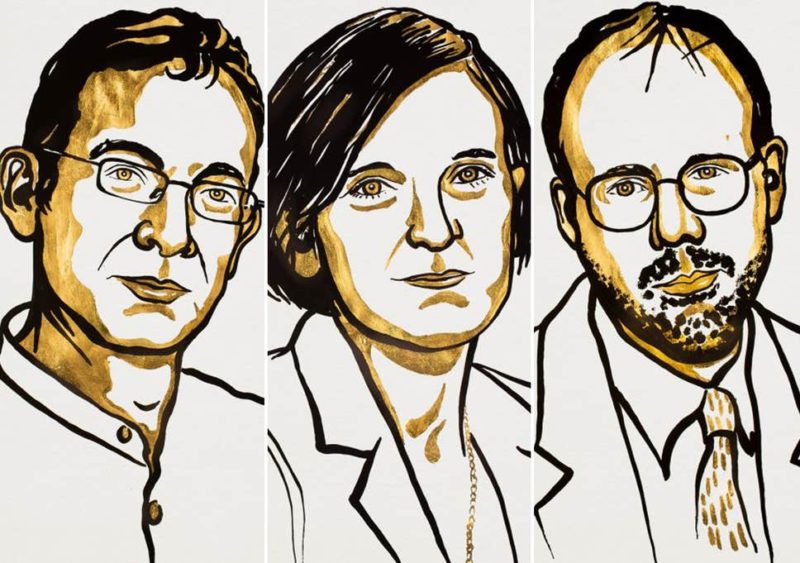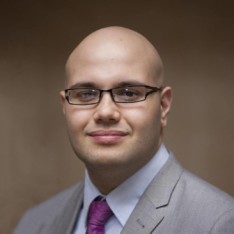Go-Big Economics and Go-Small Economics

Earlier this week, it was announced that the 2019 Nobel Prize in economics would go to Abhijit Banerjee, Esther Duflo, and Michael Kremer for their work on poverty and its alleviation.
The award is, in one way, well deserved. All three laureates were especially innovative in terms of methodology. After being criticized for dealing with data issues too casually for some time, a large number of economists decided to invest in improving the credibility of empirical studies. The goal was to move closer to “the experimental ideal” in order to properly assess cause and effect. Simply put, the ideal is one of a randomized trial where the effect of a treatment can be properly isolated and measured.
To move closer to this ideal, the laureates invested considerable time and effort into creating experiments to measure the effects of different treatments such as school vouchers, microfinance, the provision of textbooks to schoolchildren, and the implementation of incentive systems to nurses in public hospitals. These experiments, because they make it easier to measure causal effects, provided clear results with high degrees of certainty. Because of this, they argue, the process of economic development is now a better-understood one.
To be sure, their efforts to arrive at robust empirical conclusions are impressive. The average economist would gain tremendously from achieving only a quarter of the empirical credibility that these authors have managed to achieve.
Yet, this comes with a trade-off that makes it hard to celebrate wholeheartedly.
First, the narrowing of the focus provides results that are not that surprising: more capital makes small firms more productive; better food increases schooling performance; access to vaccines improve health; better teachers mean better test scores for students. These are highly unsurprising results even if the measure of the effects is incredibly accurate. Some of their findings were, at first sight, more surprising. For example, Banerjee and Duflo (along with Rachel Glennerster) found that a program to deal with nurse absenteeism in Indian public hospitals that had positive effects initially was ultimately undermined by local politicians and bureaucrats. However, for scholars familiar with the insights from public choice theory and the economics of bureaucracy, the results are unsurprising. They illustrate a point they have been making for a long time regarding the need to consider public sector players to be just as self-interested as everybody else.
Second, the narrowing implies a piecemeal approach to development where each aspect of poverty is treated separately. Because of this, it is harder to develop a big-picture view as the different aspects of poverty may interact. Third, their results suggest mild improvements in the living standards of the poor but nothing that is strong enough to close the gap in terms of socio-economic outcomes with richer parts of the world.
Most importantly, the narrowing has been so great that the questions the laureates tackle can be dubbed “small e” economics as opposed to “big e” economics. The former type of economics centers on the more technical aspects of the craft of economists while the latter looks at the bigger picture and tackles institutions broadly defined.
To see the difference, consider the case of immigration. Take the average Haitian out of Haiti and bring him to Canada. You have changed nothing about him (except maybe the fact that he needs to buy a winter coat). Yet, he magically becomes 1,000 percent richer (even if he enters the lowest quintile of income in Canada) than he was while in Haiti. Why? Simply because he is matched with more capital and, more importantly, better institutions that allow him to profit from his human capital and skills. Even the best results in the work of this year’s laureates are not able to match the poverty-alleviation potential of letting that Haitian migrate to the true north. Free migration is probably the single best tool to alleviate global poverty.
Thus, “big e” economics will question why there is so much resistance to immigration and what changes could unlock (at least) fractions of this potential to alleviate poverty. In essence, “big e” economics is about considering the role of institutions in development.
In the past, there have been Nobel laureates who have been celebrated for their research in the “big e” vein of economics. For example, Douglass North and Robert Fogel won the 1993 Nobel in economics for their work importing economic methods to the study of history. Both of them, basically, wanted to know why and how certain countries became rich.
North spent decades investing time and effort into understanding the origins of institutions and how they shaped economic outcomes. North started by working on shipping productivity growth in the 18th and 19th centuries to argue that institutional factors, as opposed to technological factors, explained most of the increase. He later incorporated this finding into his theories on the role of institutional settings in economic development.
Fogel, for his part, spent considerable time bringing seemingly minor issues into global relevance. For example, Fogel devoted the later decades of his career to the measurement of height, nutrition, and inequality. While it seemed initially far removed from “big e” economics, Fogel’s work on nutrition was able to link it to economic growth (in a way that inspired scholars like Angus Deaton, who won the Nobel in 2015). Meanwhile, his work on measuring height and nutrition enriched the range of measurements available to assess the evolution of the broadest possible evolution of human welfare. To wrap it all up, Fogel tied these measurements and arguments to the role of institutions. For these two scholars, the “big e” economic questions were related to the role of institutions in determining living standards.
Both North and Fogel were interested in how institutions affected changes in living standards. By focusing on the “big breaks” in history and how to explain them, they were doing “big e” economics.
Unfortunately, the problem with “big e” economics is that it is hard to do. It requires finding rich datasets or weird historical experiments. To find those, one must delve into complex historical or institutional details. This means that there is the risk of becoming lost in those details and failing to see how they speak to the bigger picture. Then, one must find a way to build convincing answers to the question. This is not easy. Yet, I have once heard it said that Robert Fogel stated that any research question that did not take him at least a decade to deal with was not worth undertaking. A “big e” economist would amend this statement by adding that, most often, these long projects are also those that speak to the big questions.
Strong and rigorous empirical methodologies are desirable. This year’s laureates make this abundantly clear. The next step is to apply them to the biggest and broadest questions possible. This too is made abundantly clear by this year’s laureates.











